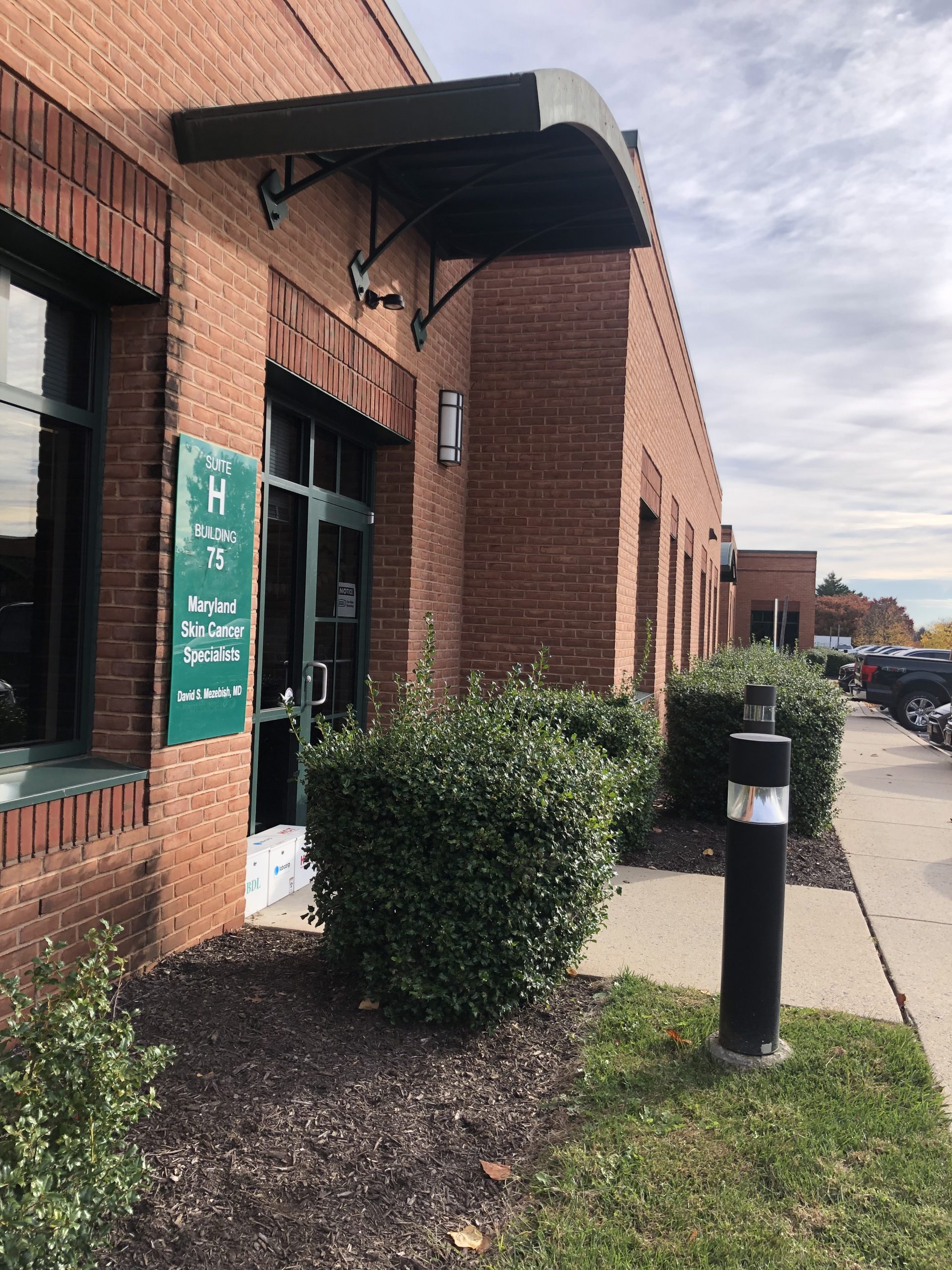Mohs micrographic surgery is a specialized method for the removal of skin cancer that combines surgery with microscopic margin analysis.
Is a term for a variety of growths on the skin other terms are skin tumor and skin malignancy. The most common is basal cell carcinoma.
Welcome to our exceptional team of professionals. From check in to the provider. We focus on excellent patient care.
Dr. David Mezebish, MD is a Dermatologist in Frederick, MD and has over 32 years of experience in the medical field. Dr. Mezebish has extensive experience in Mohs Surgery and Skin Cancer & Excision. He graduated from Uniformed Services University of the Health Sciences in 1990.

